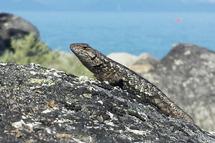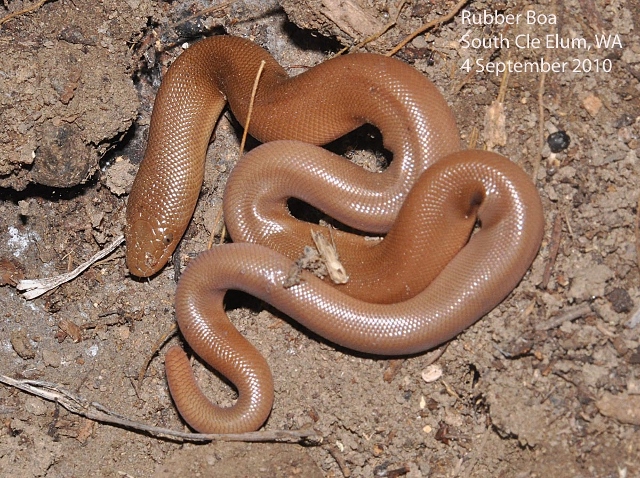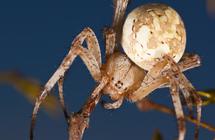saveourplanetearth.com
Call us: (775) 831-1331
Spiders, Snakes and Lizards
It’s hard not to be creeped out by spiders, especially if one happens to be crawling up your arm, but they really are fascinating creatures.
Spiders are in the class Arachnid, a large class which also includes ticks and mites. About 40,000 species of spider have been described and classified by taxonomists, divided into 109 families.
One such family, Araneidae, includes the orb weavers, whose work we commonly see around our gardens. Indeed, the Araneidae is the third largest family of spiders.
Orb-weavers build a scaffolding of non-sticky silk, which can span several feet, then create a spiral of sticky silk which ensnares unfortunate insects that fall or fly into it. The spider feels the vibration from the trapped insect and crawls along the non-sticky latticework, where it quickly immobilizes the struggling insect by injecting it with venom.
The spider’s digestive system cannot handle solid food, so it uses enzymes to liquefy its prey’s innards before ingesting. Spiders don’t get water from their food, so must seek out other sources of moisture, which is why you’ll often find one in the sink or the tub.
I catch spiders with a cup and a piece of paper. Before being taken outside, it gets a drop of water in the cup, so as to be fully charged before being released in the wild world of Toree’s garden.
Many orb-weavers build a new web each day. These spiders hide during daylight, then, towards evening, it consumes the old web, and builds a new one.
I remember the first time I saw what I now know to be an ungulate orb weaver up in the eave of my house. I was sitting in early evening out on my deck, watching the stars when I happened to glance up and see what I thought was a ping pong ball suspended from the uppermost rafter. Then I saw it move.
Curious, and a tad bit horrified, I went inside and upstairs where I could get closer to it from the safety of a window. It was a spider, all right, the biggest one I had ever seen.
It was white, with a round abdomen about an inch in diameter. During the day, she hides, flattened up against the bottom of the eave, with her legs stretched straight out, only to drop down the next evening to build a new web.
As scary as these spiders appear to be, they really are non-aggressive, and prefer to flee rather than fight. If handled, rarely will it bite and if it does, the bite is mild.
Although I’ve never been brave enough to intentionally handle a spider, a creature I’m not afraid to touch is a snake.
Several times on my daily walks, in different places, I have come across a snake, and only recently discovered what it was, and that is a rubber boa.
The first time I saw one was several years ago, stretched across the path. I was walking with dogs so I stood guard over it until they passed. It was a chilly evening so I picked it up and put it by a hole in the hillside. He looked at me, yes he did, and slithered into a space between the rocks.
He’s tan to light brown, but can be olive-green, yellow or orange, with a forked tong that darts in and out, collecting information from his surroundings.
He’s small for a boa at 15 to 33 inches long, and docile. He has small scales, which make him appear solid in color and smooth, with a rubber-y texture.
This snake does not like heat, and thrives in cooler temperatures. He hibernates in the winter in an underground den.
A more noticeable reptile in our area, often seen atop a boulder, basking in the sun, is the granite spiny lizard. He prefers habitats with large rocks, which provide crevices in which he can hide.
He’s active during the day, eating various insects and buds and fruits of desert plants.
He’s a colorful lizard, with large, pointed scales that sparkle blue and purple in the sun. His color darkens with cooler temperatures, as do many lizards.
Lizards are ectothermic (cold-blooded) and cannot regulate their own body temperature; rather they must rely on their environment. As winter approaches, the lizard will burrow deeply underground. His body slows in a process called brumation.
If he’s a clever lizard, he will have chosen a spot that will protect him sufficiently during the winter, so he can emerge in the spring to dazzle us anew, perched upon the rocks, warming himself in the sun.
Rubber Boa
Check out this blog for a wide array of fascinating nature material.





